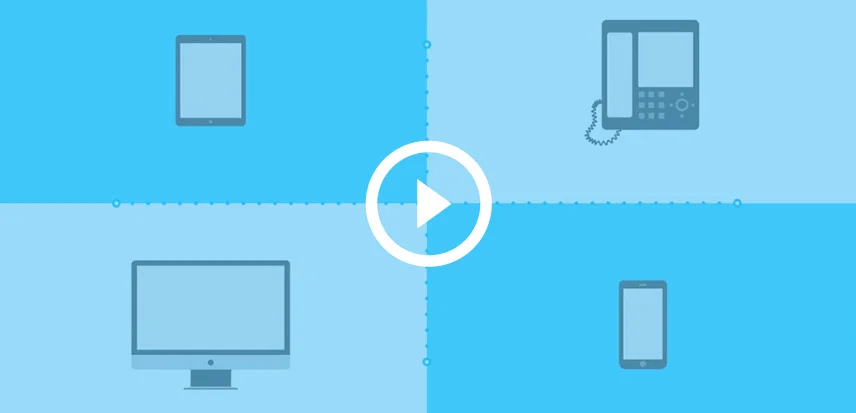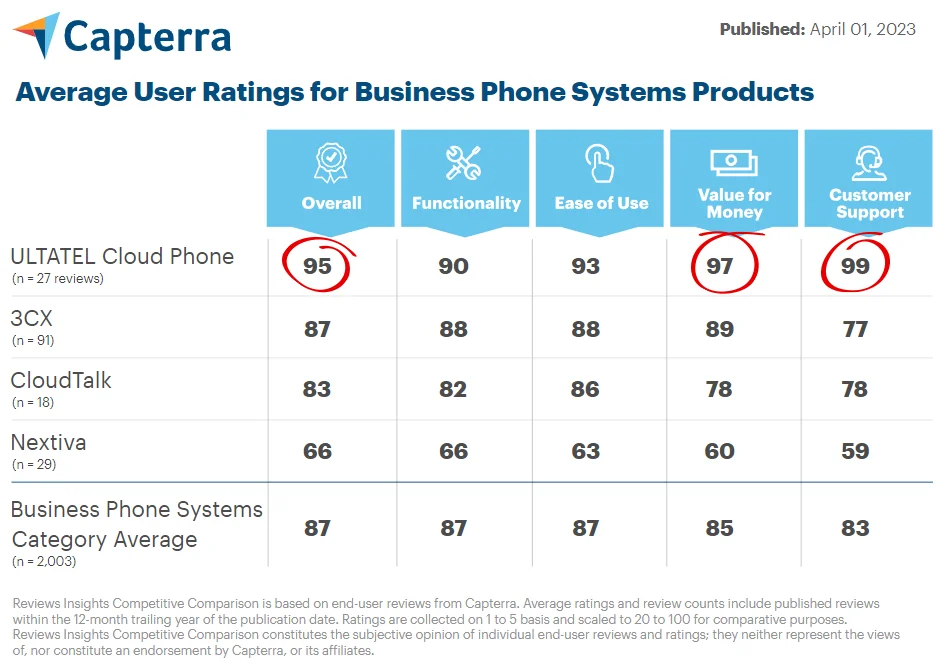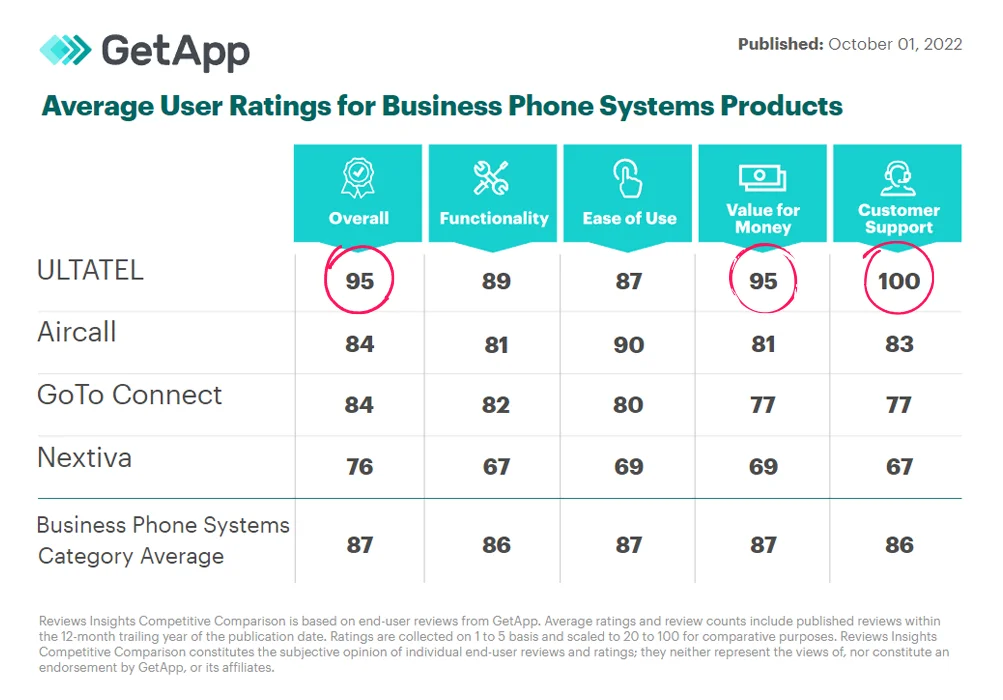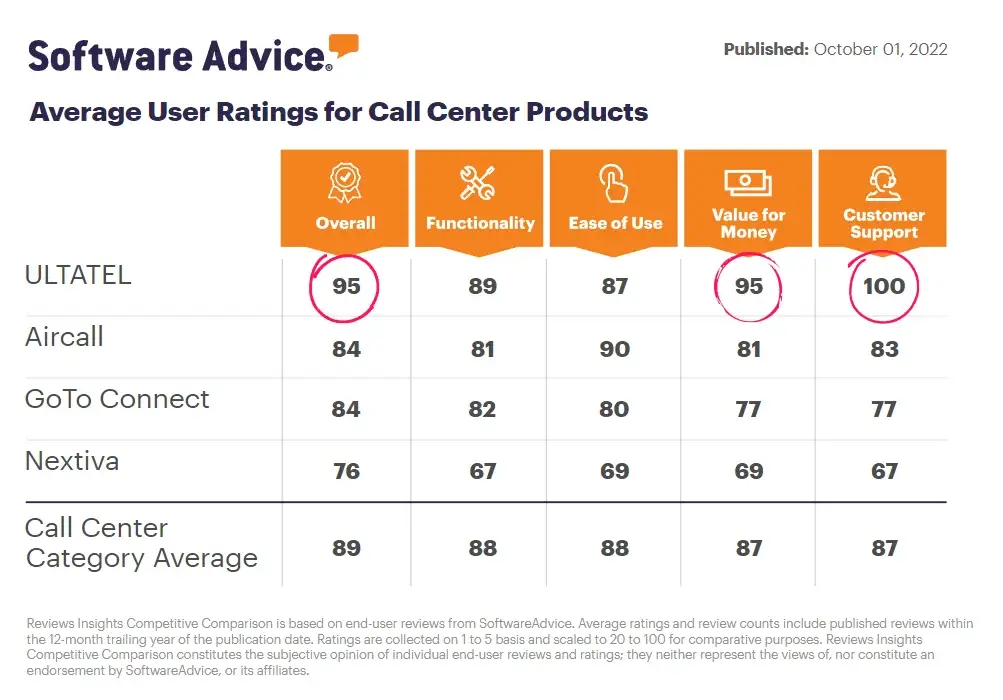What is Call Forwarding?
Call forwarding refers to a feature that allows an organization to transfer incoming calls to another device such as a VoIP calling application, a mobile phone, or another office line.
Call forwarding is essential when looking to optimize the back-end of your telecommunication systems to ensure an optimal customer service experience.
How Does Call Forwarding Work?
The front desk or PBX will automatically route the call to the intended recipient’s line when a call comes into an office. If that person is unavailable, the system will then look for alternate lines that have been set up as part of a call forwarding protocol.
For example, if a customer service representative is unable to answer an incoming call – you can set up your system to automatically forward calls to an alternate device – for instance – that of another representative until the call is answered or the system runs out of call forwarding routes.
The Benefits of Call Forwarding
There are many benefits to using call forwarding, including optimizing your communication workflows, ensuring that every customer receives the level of service that they deserve, and reducing costs associated with missed calls.
When you use call forwarding, you can be sure that every customer call is answered quickly and professionally. This helps to build trust and confidence in your brand, leading to increased customer satisfaction levels.
What Are the Different Types of Call Forwarding?
There are many different types of call forwarding, each with its own set of features and benefits. The most popular types of call forwarding include VoIP call forwarding, mobile call forwarding, office line call forwarding, and toll-free number call forwarding.
If you’re looking to optimize your communication systems, it’s important to consider the different types of call forwarding and which option is best for your particular business needs.











